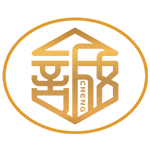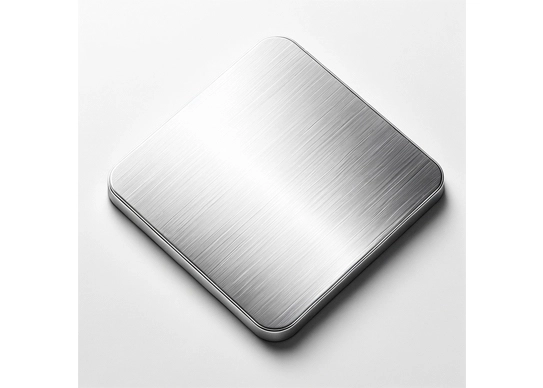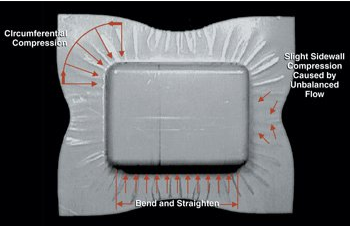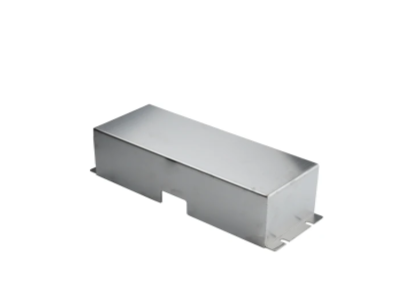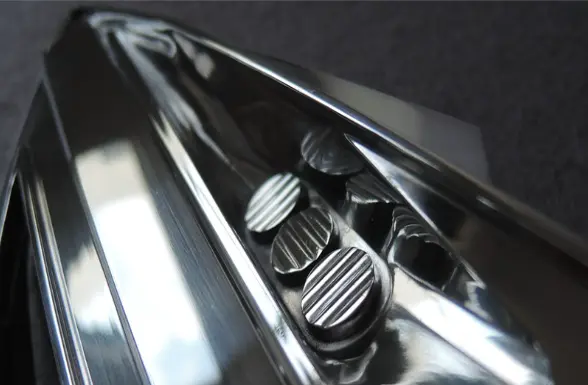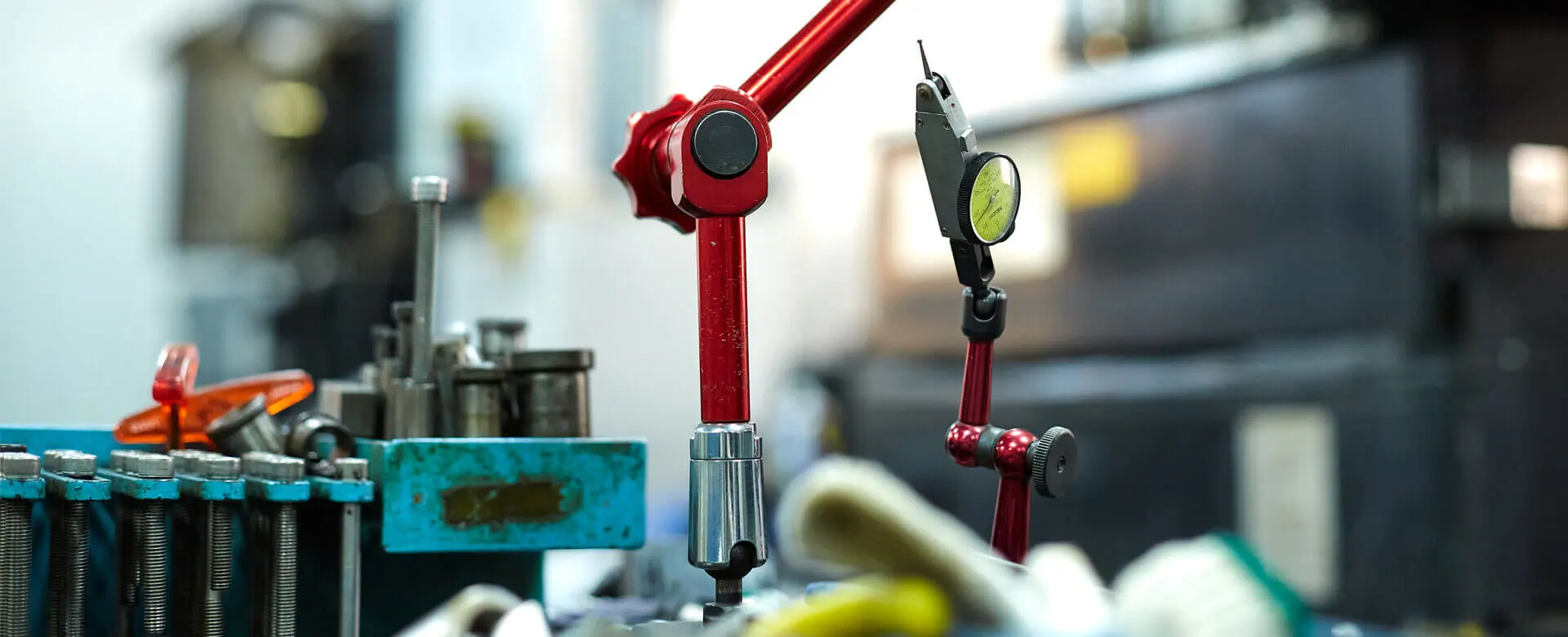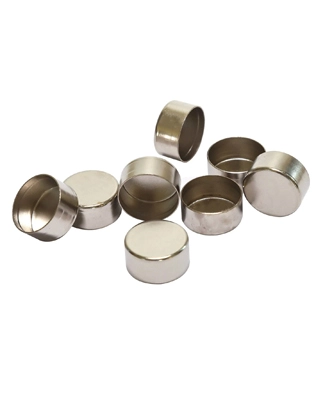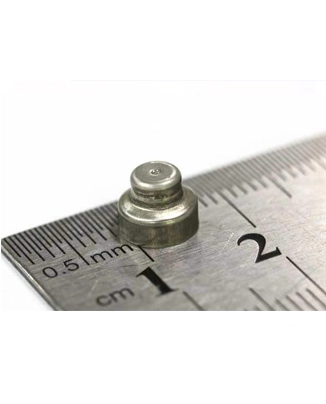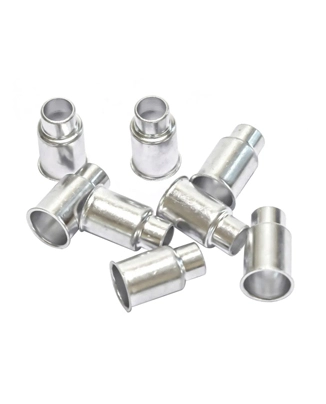There are several factors that affect the costing of a rectangular deep drawing process. Following is a complete explanation of these factors that affect the cost of the deep drawing process.
Tooling cost
Tooling refers to the die and punch/plunger design developed for the specific product of deep drawing. It is usually the highest single item cost associated with the process. This tooling also adds lead time to the process. Lead times can be from days to weeks depending on the size of the product.
Size of the die and plunger also impact the cost associated with the process. The tooling cost is not a one time cost. Die and plunger might need to be replaced when critical features replica made on die get worn out with time.
Material cost
It's the most obvious cost associated with the process. The material cost not only considers the cost of the sheet used in the deep drawing process but also considers the material wasted when cutting the sheet to actual size needed for deep drawing.
Process cost
Process cost involves the cost of operating the machine and any other material or tools that might be needed to operate the machine. This is a continuous cost and can be reduced by optimizing the process.
Post process cost
As deep drawn products need post processing to develop final shape. So post process cost is also a major cost associated with the product. It depends on the number of post processes required to achieve the final shape. Post processes may or may not have their own tooling cost, and material cost.
Labor Cost
As processes need skilled labor to perform deep drawing and processes might need more than one labor to complete the process. Labor cost is also a continuous cost, and it highly influenced the product cost.

